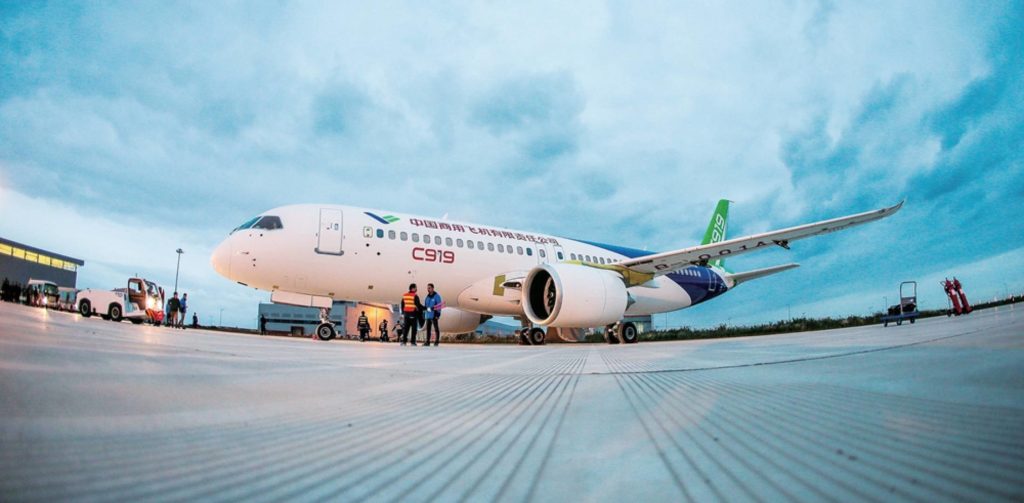




09 Jul 2025
The Forgotten Factor in Lease Transitions: People
Aircraft lease transitions are often described in technical terms — records, inspections, airworthiness, timelines, and delivery conditions. But beneath the spreadsheets and redelivery checklists, there’s a critical factor that’s too often overlooked:
People.
The smooth execution of any aircraft transition doesn’t rest solely on systems or documentation. It hinges on how effectively people — across CAMO, engineering, legal, operations, and commercial functions — communicate, collaborate, and make decisions under pressure.
At Acumen Aviation, we’ve supported dozens of aircraft transitions across the globe. In every case, it’s been clear: when the people work well together, the process works better. And when they don’t, even the most technically sound transition can unravel.
This blog explores the human side of lease transitions — and why acknowledging it can make all the difference.
The Reality of Transitions: More Than Just a Technical Handover
Transitions are complex. They involve tight deadlines, competing priorities, and large amounts of historical documentation. They often include teams who haven’t worked together before — or who may not even be working from the same location or time zone.
And while the technical elements — from component checks to compliance reports — are well-defined, the coordination of people is far less so.
What happens when:
- A CAMO team is waiting for engineering inputs that haven’t been signed off?
- A lessor’s legal counsel has questions no one on the technical side can answer?
- The operator’s maintenance team isn’t aligned with lease-end timelines?
These are the moments where transitions either accelerate — or stall.
The Communication Gap: Where Transitions Often Falter
One of the most common challenges we see is a breakdown in communication between key players. It’s not due to lack of expertise — every stakeholder knows their job. But what’s often missing is:
- Clarity on roles and expectations
- Shared visibility into progress and bottlenecks
- Time for knowledge transfer, especially in handovers
- A culture of proactive issue resolution
Many transitions fall into reactive mode. Teams become siloed, chasing signatures or clarifications in a last-minute scramble. The result? Delays, increased costs, and avoidable tension between stakeholders.
Bringing the Human Factor Into Focus
Recognising the importance of people means treating transitions as collaborative projects, not just technical tasks. That requires:
1. Cross-functional alignment from day one
Getting CAMO, engineering, legal, and commercial voices into early planning meetings makes a noticeable difference. Everyone understands timelines, dependencies, and what’s expected.
2. Defined escalation paths
When issues arise — and they will — teams need clarity on how to resolve them quickly. Establishing decision-making protocols avoids unnecessary delays.
3. Dedicated coordination support
Many transitions benefit from a single point of contact who keeps everyone aligned. At Acumen, our project coordinators often play this role, bridging the technical and commercial gaps.
4. Respect for each other’s roles
It sounds simple, but mutual respect goes a long way. Lessors, lessees, MROs, and advisors all bring expertise to the table. Transitions succeed when that’s acknowledged and leveraged.
Real-World Example: When Coordination Made All the Difference
In a recent wide-body transition, Acumen supported both the outgoing operator and the incoming lessor during a particularly compressed redelivery window.
What made the difference?
- Weekly alignment calls with all stakeholder teams
- A shared progress dashboard accessible by CAMO, engineering, and legal teams
- Pre-emptive troubleshooting of logbook discrepancies and part traceability
- A culture of transparency — flagging issues early, not hiding them
The result? Redelivery was completed ahead of schedule. Not because there were fewer issues — but because they were managed collaboratively.
Why Acumen Believes in People-Led Transitions
At Acumen, we provide more than technical insight. We provide partnership. Our team understands the nuances of stakeholder dynamics, cultural differences, and the time-sensitive nature of transitions.
Whether we’re supporting documentation review, technical inspections, or redelivery planning, our goal is to create alignment — not just checklists. We work closely with all parties involved to ensure that information flows, expectations are met, and conflicts are resolved constructively.
Because ultimately, no matter how digital or data-driven the aviation world becomes, people still deliver the aircraft.
Final Thought: Make People Part of the Plan
Aircraft transitions will always involve complexity — that’s unavoidable. But much of the stress, delay, and cost associated with redeliveries can be reduced simply by acknowledging and managing the human element.
Investing in people — through better communication, clear responsibilities, and shared goals — pays dividends at every stage of the aircraft lifecycle.
At Acumen, we’ve seen this firsthand. That’s why we work not just on transitions, but with the people who make them happen.
If your next aircraft transition is on the horizon, and you’re looking for support that understands both the technical and the human side — we’re ready to help.
Let’s deliver smarter, together.





